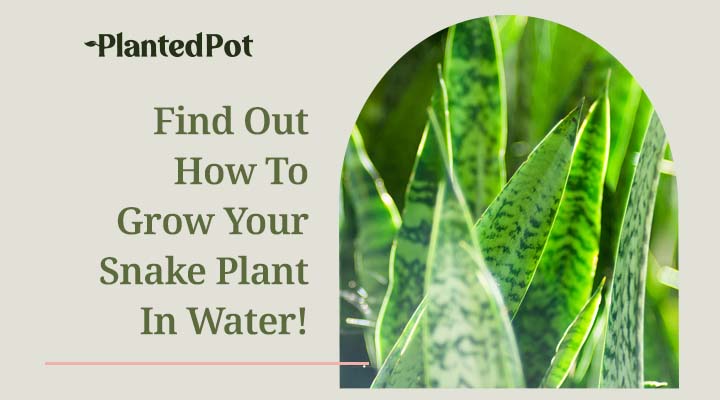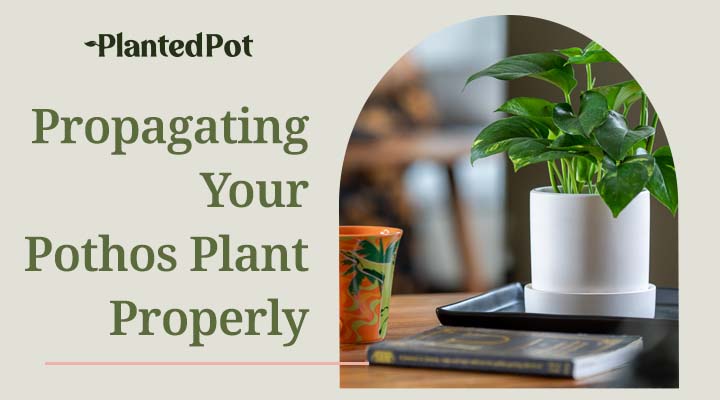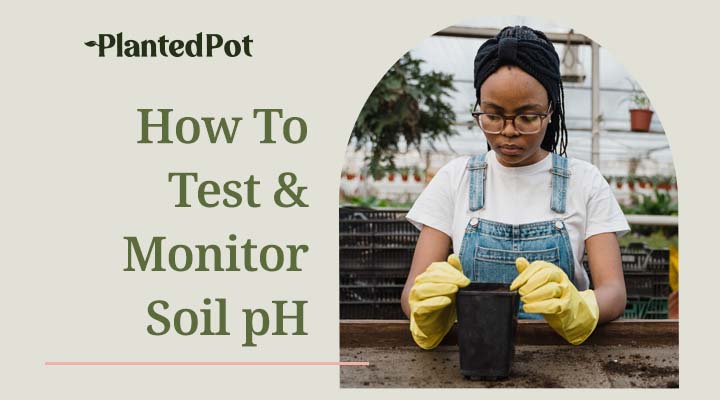
Climbing Plants: Your Guide To Vining Beauties!
Home / Climbing Plants: Your Guide To Vining Beauties!

Climbing Plants: Your Guide To Vining Beauties!
- plantedpot
- March 7, 2022
- 1:45 pm
- No Comments
A wall of leaves and flowers is always an impressive sight. These gorgeous rising plants are climbing plants and naturally grow through and around every surface that they can find. Climbing plants are ideal for almost any garden setup, but the challenge lies in picking the right climber, creeper, and twiner for your garden. And that does beg the question: where do you start?
Remember that any plant can thrive as long as its planter is creative! With that in mind, it’s a good idea to learn everything you want to know about plants that can climb if you plan on growing them. With a lot of care and knowledge, you can grow a canopy of plants to help add dimension to your garden. Keep reading with us to start becoming a climbing plant expert!
What Are Climbing Plants?
A climbing plant is simply any plant that grows by “climbing” in any possible direction. In other words, these plants’ full size goes beyond the pot they start with, as they continue to grow in whatever direction that gravity allows them to.
But isn’t growing upwards and in whatever direction the way every plant out there grows, you ask? This is true. What makes climbing plants unique is that they do their growth by latching onto whatever material they can find. They then cover entire surfaces with leaves, vines, flowers, fruits, and branches.
In other words, where other plants can support their vertical movement, these plants climb, creep, and trail with the help of nearby objects like support structures, walls, and other sturdier plants.
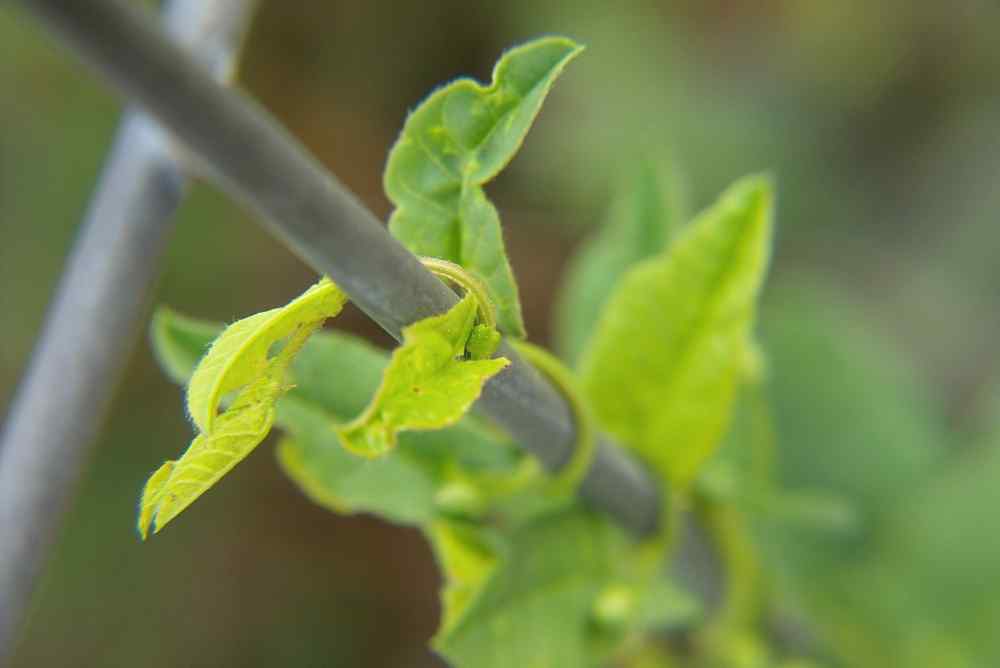
How Are Climbing Plants Categorized?
As of now, experts group all plants that climb under two rather broad groups: the bines and vines. Each group has its own method of climbing, unique only to their clines.
Bines
A bine is any plant that climbs by wrapping its stems around an object. As the stem itself does the climbing, bines have rough stems. Their bristles are also pointed to ensure a strong grip. Bines include honeysuckles, morning glories, and hops.
Vines
The second group, vines, are plants that shoot vine tendrils that can latch on any object. Aside from vine tendrils, these plants can also grow by using their more specialized parts. These include suckers, leaves, thorns, and stems. Some examples of vines include roses, creepers, and passion vines.
Are Climbing Plants Easy To Grow?
Climbing plants have always been a popular option among gardeners and homemakers due to how easy it is to make them propagate. You don’t need to do a lot to make any climbing plant grow, as it is by their very nature to extend themselves to any surface that they can find. However, you have to be careful in picking the right plant for your garden, as not all plants of this type can thrive under the same climates and conditions.
Types of Climbers
As mentioned above, botanists group climbing plants according to how they climb over objects and surfaces. With that in mind, it’s time to delve into these different subgroups!
Scramblers
A scrambler is simply any plant that does not have a particular method for climbing. They shoot out their tendrils, which rest over any material. Once these tendrils grow, they become their own support structure from which they launch another wave of tendrils to more nearby surfaces.
What makes scramblers sought-after is their ability to cover large areas in little time and with little help from their gardener. Roses can be scramblers (like climbing roses and rambling roses), as well as bougainvillea. Bougainvillea is a grouping of about 18 thorny, flowering vining plants.
Twining and Tendrils
Tendril plants use a smaller structure in their stems, named the tendril, to reach out to the air. Once these tendrils find something to latch onto, they will slowly grow until they reach the found material. Some examples of tendrils include the grapevine, sweet pea, and passionflower.
On the other hand, a twining plant uses either its steam or leaves to “wrap around” an object to climb. Due to this climbing method, these plants tend to follow the natural profile of the object they wrap around until they fully cover it. Climbing plants of this type include the Dutchman’s Pipe and the Wisteria.
Clinging
These climbing plants can cover any surface through specialized roots. These roots do not collect moisture but instead grab onto the surface of any material to allow the plant to grow over them. Some clingers also have adhesive pads in their vines to stick on to any surface.
Due to their roots and adhesive pads, clingers can grow and propagate on flat vertical surfaces like walls, fences, and other large structures. Most creepers belong to this group, along with the English Ivy and the Climbing Hydrangea.
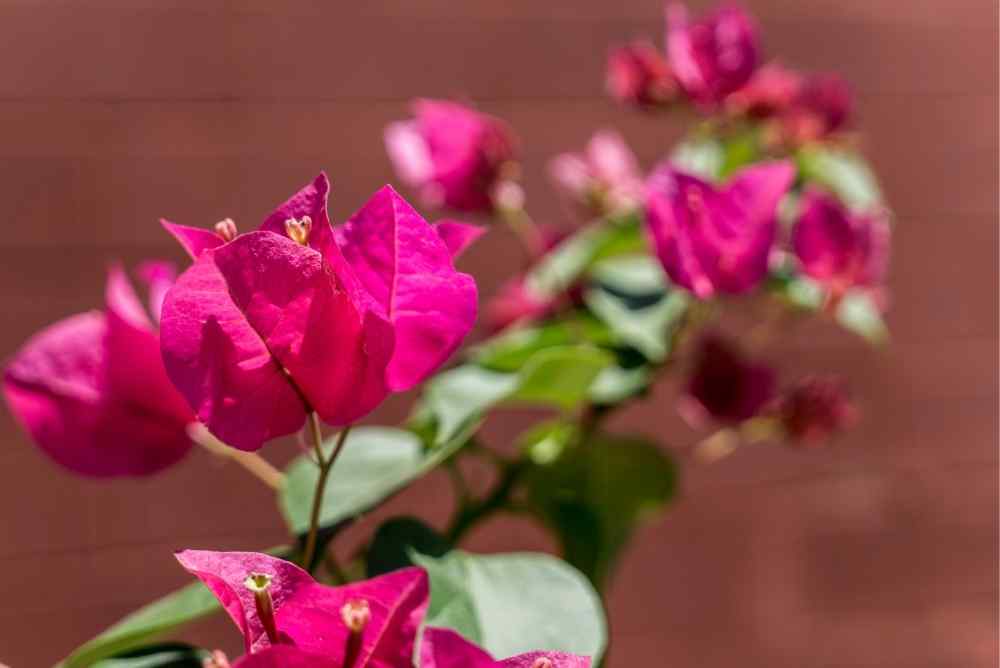
What Are the Fastest Growing Climbing Plants?
Normally, a climbing plant will take months before covering any surface with its stems, flowers, and leaves. However, there are climbing plants out there that are particularly known for their aggressive growth rates. Let’s learn about some of them together.
- Star Jasmine — So as long as it is under a shade, the star jasmine can cover a wall within weeks with its roots. The trick to making the star jasmine grow quickly is finding a spot that is always under the shade throughout the day.
- Bougainvillea — These climbing plants love the sun so much that they shoot their stems in all directions when exposed to sunlight. Though they will flourish in partial shade, their flowers will only bloom with constant, full sun exposure.
- Boston Ivy — As a creeper, the Boston Ivy can grow quickly to cover any surface area within weeks. It can even maintain that fast growth rate without a support structure like a trellis!
- Nasturtium — Although it has an annual blooming schedule, the nasturtium has a strong trailing habit. So as long as it has support structures to cling to, the stem of the nasturtium will always grow and cover any area. Its leaves and flowers are also edible, making them attractive to bees and butterflies. They’re also known to attract hummingbirds!
- Rambling Rose — Another vigorous climber, the rambling rose will clamber over anything as long as it has the support it needs down below. In time, the rambling rose will provide a shade thick enough to provide shelter from the sunlight. Its shade and flowers can also attract birds, insects, and small mammals.
Which Climbing Plants Come Back Every Year?
Aside from the shade that they provide, you may also want your climbing plants to bloom in a seeming burst of colors for certain seasons. In this case, you might want to consider planting climbers that can come back and bloom on an annual basis. Here are some of them:
- Chilean Glory Flower — This plant is quite known for its tubular flowers that come in bright red, yellow, or orange shades. If allowed to scramble over something dark green like a conifer, the glory flower will provide small but noticeable bright specks over the foliage every spring and summer. There are some cases when glory flowers can be defined as perennial vines, as they sometimes come back in the next spring after a mild winter.
- Sweet Pea — Every spring, the sweet pea produces a flower with petals that range from white to dark purple. Aside from these stark colors, sweet pea flowers also have fragrant blooms that are bound to attract bees and butterflies to any garden. The sweet pea requires regular watering, and its base must have enough moisture before noon.
- Spanish Flag — The best word to describe the flowers of the Spanish Flag is hot. They bloom in cascading colors of yellow that become red at the tip. This flower can also be categorized as a perennial vine.
- Morning Glory — This annual climber blooms with trumpet-shaped blooms with a very deep violet-purple shade. Quick to grow, these flowers open wide immediately before sunrise, before closing in the afternoon.
- Purple Bell Vine — This annual plant from Mexico produces purple flowers that dangle every mid-summer to autumn. These flowering vines also need support from trellises and arches.
Climber vs. Creeper
Due to how similar they look, climbing plants and creepers are often lumped in the same group. After all, both plants have weak stems and thus need support for any climbing growth. But how does one differentiate a climber from a creeper?
The answer lies in how they grow. A creeper will follow the surface of any material that its anchor roots can reach. Thus, they don’t usually thrive in areas with small surface areas. On the other hand, a climber will use their stems and leaves to wrap around an object to climb. For this, climbing plants do not need much support for upward movement compared to their creeper counterparts.
Benefits
You can enjoy many benefits by placing climbers in your garden! First, you can have a greatly increased sense of well-being as plants naturally have a calming effect on any area. The air quality in your area will also improve as plants can provide oxygen through their photosynthetic processes.
Did you know you can also reduce background noise with indoor climbing plants? The shade and cover they offer can absorb sound waves coming from ambient noise! Thus, you’ll find your home to be generally quieter with plants, which may help boost your mood and calm your nerves more, too!
These plants’ shade will also give you cool protection, especially during warm summer days. Lastly, climbers can add a lot of depth and color to any space. The best climbing plants will make any space more comforting with their beautiful designs and vibrant shades.
Support Structures
Your climbers will require some support to grow upwards. Here are some of the structures you should have built over top of your new plants to help support their growth.
- Trellis — Made from either wood lattice or plastic, a trellis can act as a support and growth trail for your plant. It can be placed on a wall or fence or stuck into the ground in the middle of a garden.
- Stake — Placed in the ground immediately after planting the seed, a stake is a great place for a plant to wrap its stem or leaves around. Some models allow for circular supports underneath, although a stake on its own will suffice in most situations.
- Arches — Aside from providing support for your climbing plants, an arch can also improve the overall aesthetic of your garden. Have your arch placed overhead and near a climber. Soon enough, its tendrils will find the arch and climb it.
- Wall — Ideal for both creepers and climbers, a wall will provide enough surface area for roots, tendrils, stems, and vines to latch onto. Any existing wall you have will do — if you don’t have one, you can mount a wall frame trellis yourself! Even mesh wires will do the trick for climbers.
- Porch — The entrance of a house can be a great place for your climbers to grow on! Add some stakes or trellis on your entryway, and let your plants grow. Soon enough, your home’s entrance will be covered with leaves, vines, and flowers.
- Pergola — A pergola is a structure with roofing beams above it. Plant your climbers at the base of the beams and watch them trail over the roofing above. The entire roof canopy will be covered by whatever climbers you have planted in your garden in a few months.
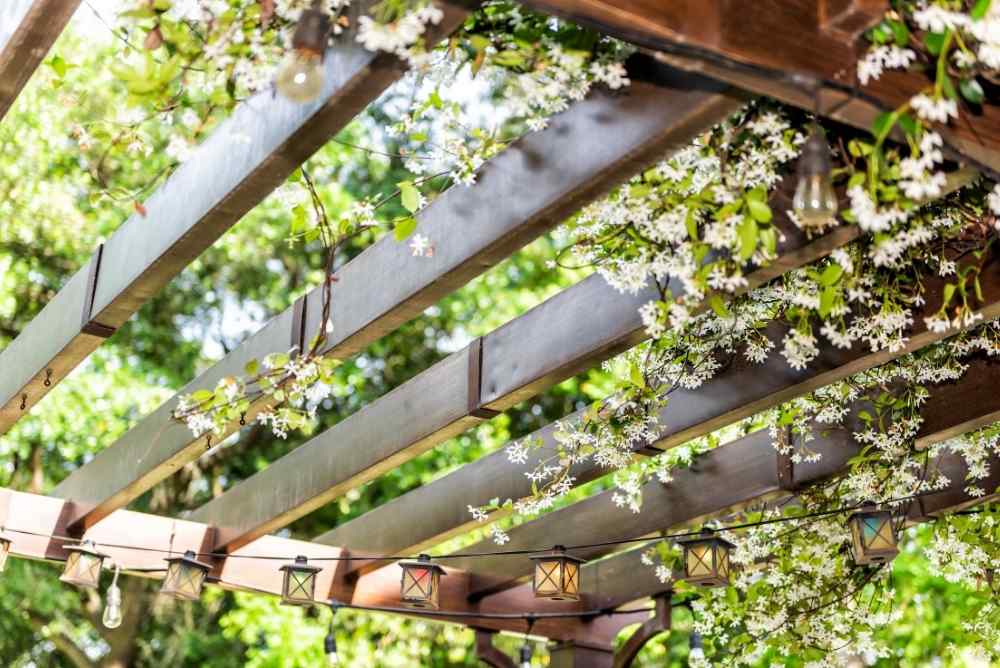
Training Climbing Plants
Believe it or not, you can make a climber grow in any direction that you want. Some plants like the Boston Ivy need a little direction so that their nutrients won’t be spent on random overgrowth. This is called training, and it requires some effort on your part. First, you have to pick your best stems and tie them onto a horizontal frame or stake.
Next, you’ll have to guide the plant’s growth by cutting off all excess stems. By doing so, the plant’s energy will focus on the main stem and the buds along it. When you see buds starting to grow along the stem, you must do the training again by cutting off their excess stems. If done right, you should have a controlled upwards growth path for any climbing plant to follow.
Planted Pot’s Favorite Climbing Plants
At Planted Pot, we’re big fans of climbing plants. Read along with us below to learn about some of our favorite varieties, all of which you can find in our shop!
Syngonium White Butterfly
This beautiful plant is a wonderful addition to any home. The crinkled green and white leaves have the shape of an arrowhead, hence the plant’s nickname — Arrowhead Plant. Place it on a shelf and let the leaves trail, or place it next to a pole and watch the leaves climb and snake toward the ceiling.
Requirements
- Light: Medium indirect light
- Water: Give water before the soil starts to dry
Monstera Deliciosa
This plant starts small but blossoms into a space-filling, wide-leafed plant. The leaves are known for their split-leaf look with bold green color. Monstera Deliciosa is the perfect plant to fill out empty space in your home!
Requirements
- Light: Bright indirect sun to partial shade. Avoid direct sunlight. However, you can place it in direct sunlight once a year to encourage growth.
- Water: Occasional watering in fall and winter. Frequent waterings during the growing season.
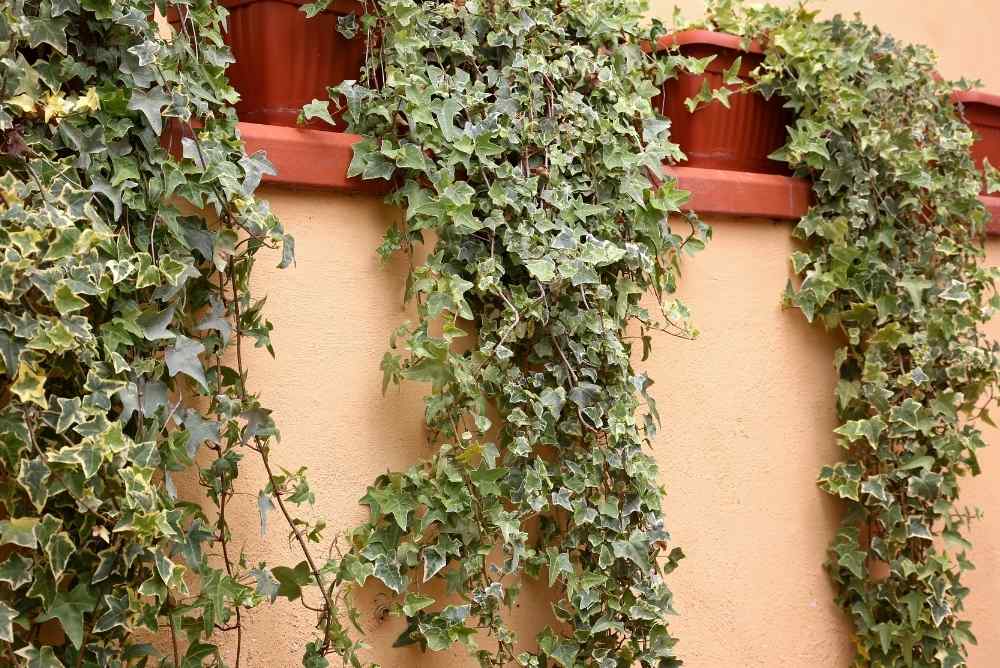
Mini Monstera
Also known as the Monstera Minima, this plant is a cousin of Monstera Deliciosa. Keeping the aesthetic elegance of its cousin but much smaller, Mini Monstera is just the right size for any home. Water this plant weekly to keep its lush, deep green foliage looking vibrant. The roots of this plant allow the leaves to climb or dangle from surfaces for support.
Requirements
- Light: Low light to bright light. The ideal light exposure is indirect, filtered light. Keep away from direct sun to avoid scorching.
- Water: Weekly waterings are a must. Keep the soil moist at all times without having the plant sit in water.
Hedera Helix ‘Green California’
The fast-growing vines on this plant can fill up any space in your room. Hanging baskets are perfect for Hedera Helix ‘Green California’ plants as the small, crispy, matte green leaves on each vine provide a show-stopping effect when they trail downward. Place this plant next to a vertical surface and watch it climb for an even more dramatic effect.
Requirements
- Light: Medium to bright indirect light.
- Water: Keep on the dry side and let the soil dry out between waterings.
Final Thoughts — Climbing Plants
All in all, climbing plants are an ideal addition to any garden! Their unique growth pattern means that any bare wall, trellis, or beam will be covered by a decent growth of leaves, climbing vines, and flowers within months.
That said, these plants may require a unique gardening approach to grow in the way that you want. If you are ready to put in the required amount of time and effort, these plants will add quite a lot of color and dimension to your garden and living spaces.


